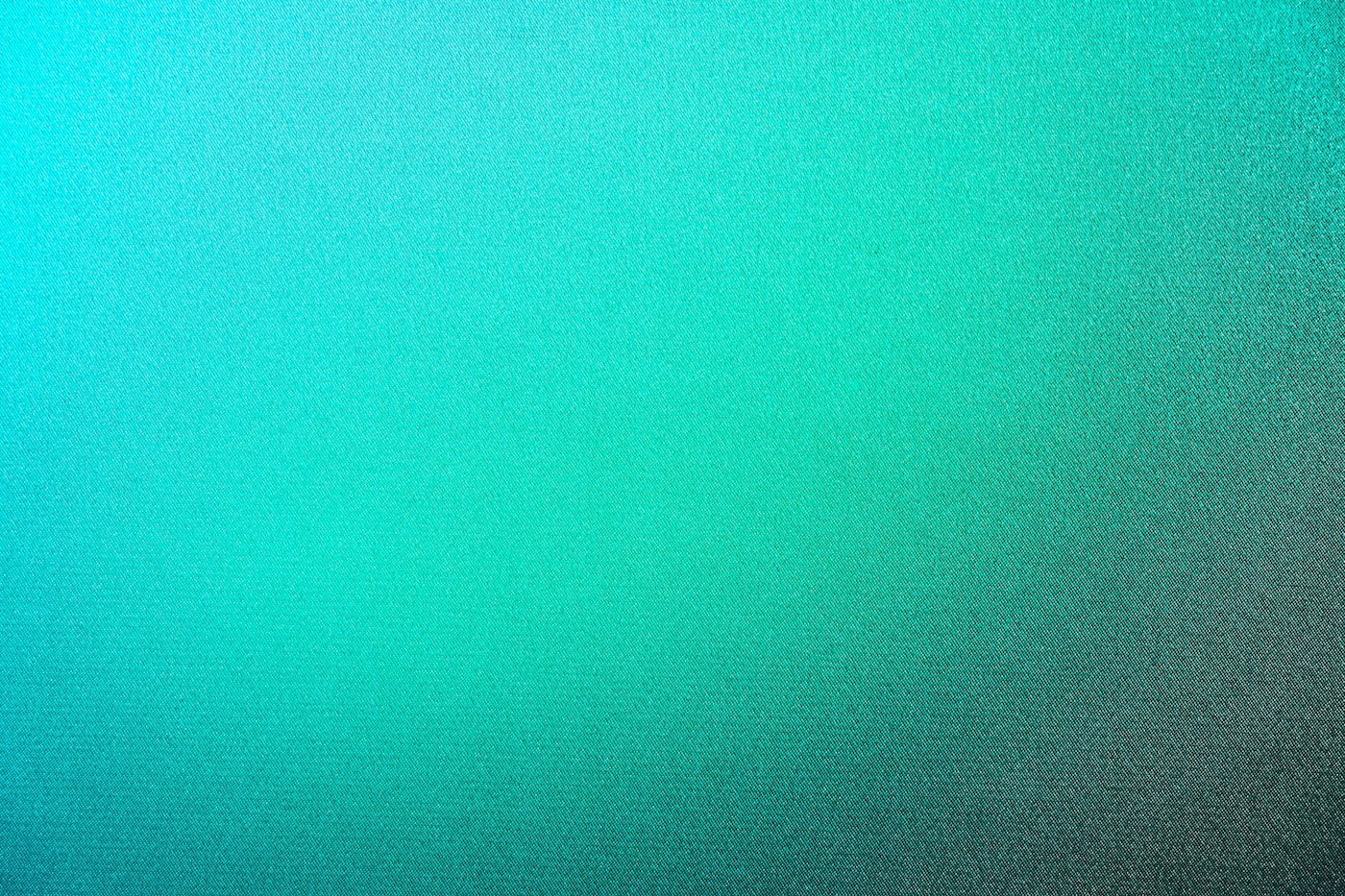
The colors we encounter every day—**the vibrant blue of a clear sky**, **the refreshing green of new leaves**, and **the fiery red of tulip petals**—are fascinating, but what if we could *magnify* our visual experience by introducing a color that has never been seen before? This intriguing question is at the heart of a groundbreaking study published this week in the journal Science Advances.
Unveiling the New Color: “Olo”
In a daring experiment, a group of researchers has successfully **used targeted laser light** to precisely activate one specific type of cone cell in the human retina. This cone, known as the “M” cone, is typically stimulated along with the L (long wavelength) and S (short wavelength) cones. By employing a **specific wavelength of green laser light**, they managed to isolate the M cones. This unique approach allowed the researchers to recreate a color that defies natural perception: a **highly saturated bluish-green teal** that they have aptly named **“olo.”**
The Science Behind “Olo”
Imagine a situation where your eyes are presented with a color that doesn’t exist in the natural world. **James Fong**, a PhD student in computer science at **UC Berkeley**, collaborated with his advisor, **Dr. Ren Ng**, to embark on this pioneering venture. They meticulously mapped the cone placement in several subjects’ eyes, enabling them to selectively stimulate the M cones without inadvertently activating the other types.
How It Works
The innovative technique utilizes a **precision laser** to emit light at an exact frequency that resonates with the M cones alone. This meticulously controlled exposure to light leads to the visual perception of a new color experience, one that could potentially **expand human color perception** in ways previously thought impossible.
Discussing the Implications
Fong and Ng recently joined host **Flora Lichtman** to dive deeper into their findings, revealing the vast possibilities that come with this research. They ponder the question: could this spark a **new frontier in color perception**? The implications span artistic, technological, and psychological realms, raising exciting questions about the limits of human vision.
Conclusion: A Colorful Future
The emergence of **olo** isn’t just a fascinating scientific achievement; it represents an opportunity to explore the boundaries of human perception. As researchers continue to unravel the mysteries of light and vision, we may be on the verge of a **colorful revolution** that can reshape our understanding of the world around us.
For more in-depth insights on this study, check out the detailed report on [Science Advances](https://www.science.org/doi/10.1126/sciadv.adu1052) and explore the exciting intersection of technology and human perception.






